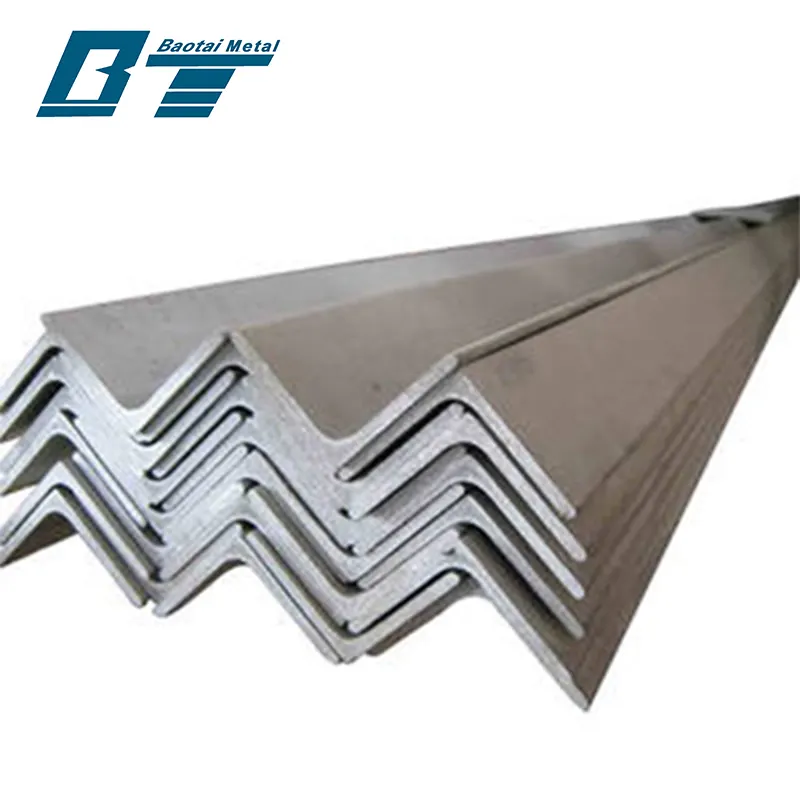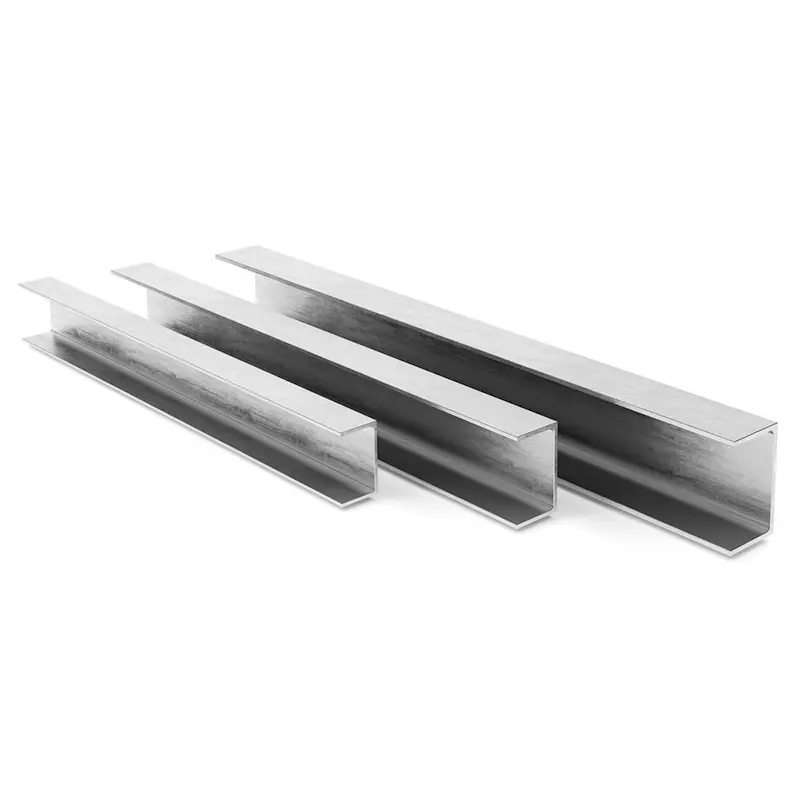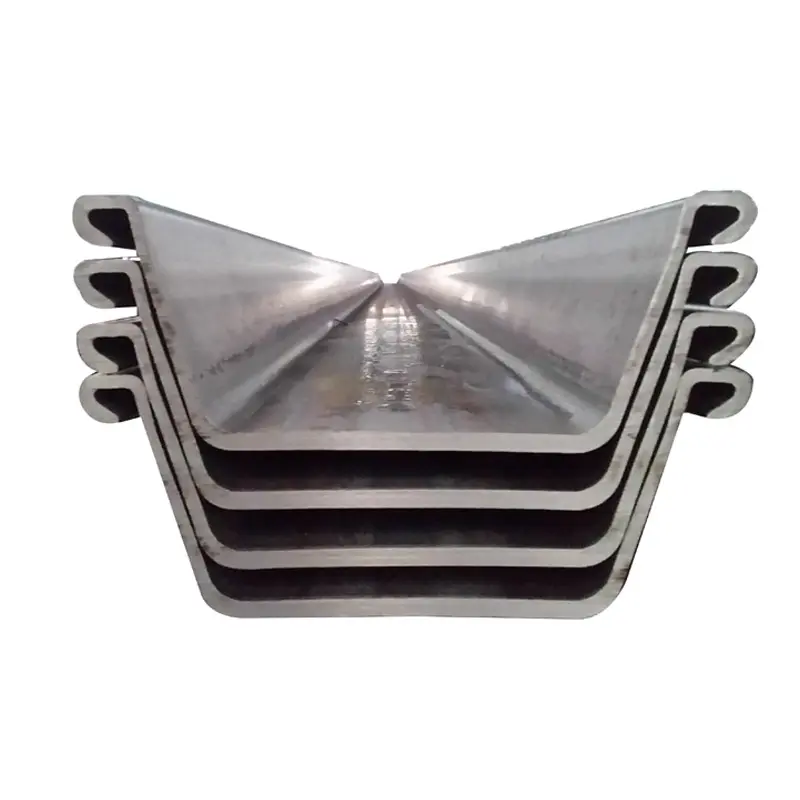Ъгловата греда за строителство е основен материал в инфраструктурните проекти, обхващащи транспорт, енергетика и приложения в гражданско строителство. Проектирани за издръжливост и надеждност при носене на товари, тези греди често съответстват на стандарти като ASTM A572 (висока якост, нисколегирана) или API 2H (стомана за морски конструкции), като техните механични свойства са адаптирани към сурови условия. При изграждането на мостове ъгловите греди укрепват опорите, формират елементи на фермите и поддържат компенсационните шевове, като осигуряват устойчивост на удари и издръжливост на умора. За магистрали те се използват при производството на оградни стени, поддържащи конструкции за знаци и облицовки на тунели, често цинковани, за да бъдат устойчиви на корозия в зони с използване на разтопители за лед. Приложения в енергийния сектор включват основи за вятърни турбини, опори за тръбопроводи и структури в електроцентрали, където може да се изисква устойчивост на високи температури или самозагасимост. В проекти от гражданското строителство като язовири и задържащи стени, ъгловите греди се използват за армиране на бетонни форми и създаване на анкери за закрепване с навиване. Процесите на обработка могат да включват поцинковане чрез потапяне след завършена обработка, за да се предпазят заваръчните връзки, докато неразрушителни изпитвания (ултразвукови или чрез магнитни частици) проверяват вътрешната цялост. Докато смарт инфраструктурата се развива, все по-често се използват ъглови греди, интегрирани със системи от сензори за наблюдение на състоянието на конструкциите, което комбинира традиционна якост с модерни диагностични възможности.


